Cache is King: Why Caching Radio Equipment is a Top Priority
Cache is King: Why Caching Radio Equipment is a Top Priority
- Cache is King: Learn How to Plan and Create Your Own Survival Cache
- Cache is King: How to Store Weapons and Non-Electronic Equipment for the Long Term
- Cache is King: Why Caching Radio Equipment is a Top Priority
All of us are susceptible to normalcy bias to some degree. Normalcy bias causes people to underestimate both the possibility of a disaster and its possible effects. Some also tend to believe things will always function the way they’ve always normally functioned.
This condition affects both individuals and their governments. Those that truly understand the uncertainties and hazards in this world tend to develop and institute countermeasures against foreseeable threats. These countermeasures usually follow a logical progression from most immediate to least likely and from least sophisticated to most sophisticated; in accordance with available excess resources.
This final article on caching pertains to protecting electronics from ElectroMagnetic Pulse (EMP). I’ll discuss potential origins of such a pulse, along with the ramifications to unprotected electronic and electric devices, including automotive. I’ll also suggest simple and effective countermeasures for protecting small electronic devices.
Early Coordination

Part II of this series discussed caching weapons and ammunition. It’s been said that pistols protect your person and rifles protect your freedom. The difference between the handgun and rifle is that the latter projects force over greater distance. Men acting together for hunting, or for war, developed tactics that required coordination between individuals in that group.
Leaders controlling these groups rapidly recognized the advantages of concentrating the force of diverse groups at a single point and/or at a specified time. The rise of modern nation states coincided with the ability to maneuver distant forces on land or sea, so as to narrowly concentrate their combined effect.
Before radio, coordination of geographically distributed forces was achieved by timepiece or if within line of sight, by visible signal such as smoke or a flag. This coordination of different elements of force was often achieved by audible means, greater than the powerful, commanding voices of sergeants.
Such signals might have been bells, trumpets, rockets or even cannon fire. As the elements advanced, more complex signal methodology was developed to include semaphores, heliographs and observation balloons. The telegraph was a strategic coordinating asset during the U.S. Civil War and by WWI, radio was used to coordinate the activities of sophisticated maneuver elements on land and at sea. Yard arm signals and signal lamps were also used to coordinate movement of ships at a local scale.
The Rise of Radio
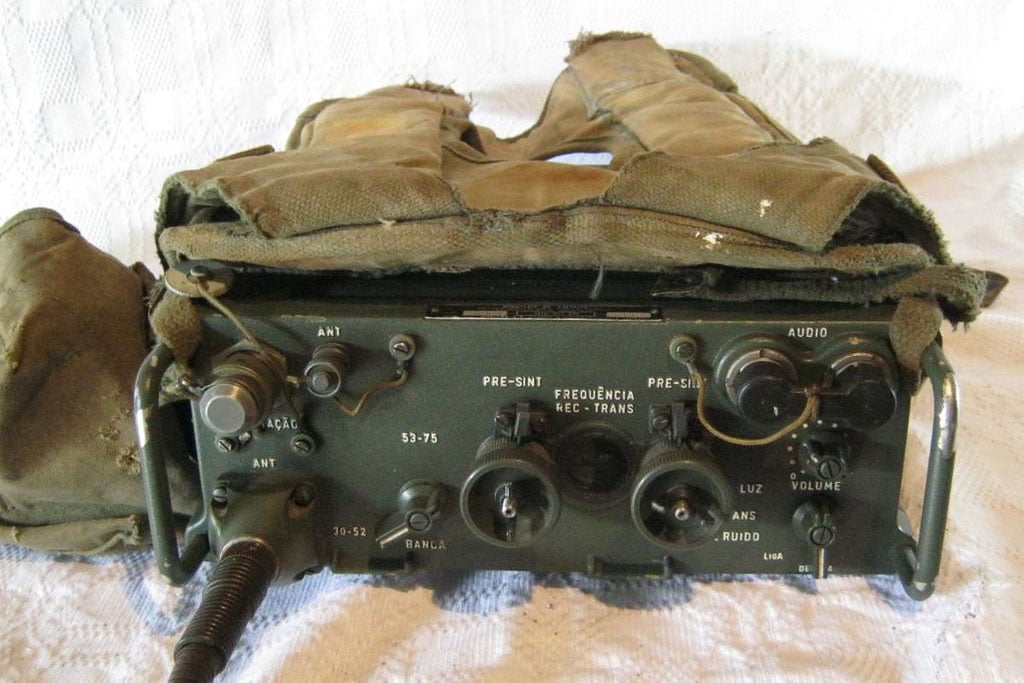
Over the decades, radios have become both more capable and dependable, while at the same time requiring less operator knowledge of the physics of operation. Power requirements and physical size of radios have decreased dramatically. In the 1960’s, transistors replaced large, power hungry vacuum tubes used in both transmitters and receivers. In turn, these were replaced by even more capable, smaller and less power hungry integrated circuits that may contain thousands of microscopic transistors.
The culmination of this effort has resulted in cheap but sophisticated handheld transceivers containing both transmitter and receiver functionality and slightly larger mobile units capable of transmitting and receiving multiple communication modes over a great range of frequencies worldwide. Any individual or group that’s working together for self-defense or protection of assets will eventually acquire weapons to project force over a long distance, as well as tools to coordinate the use of that force on both small and large scales.
Radios are just about optimal for tactical coordination of effort and concentration of force. They’re cheap, readily available and sophisticated, however there are downsides. Unencrypted transmissions can be intercepted and understood by an opposing force, transmissions can be blocked by transmitters of greater power in the hands of the opposing force, or in the case of natural event or nation state projection of force de frappe, most modern radios can be wounded or killed by short duration, high power, electromagnetic events.
When radios are out, tactics rapidly devolve to nineteenth century technology. Any group, no matter the size, that retains radio communications while denying them to an opposing force has a large tactical and strategic advantage.
What Causes EMP?

Above ground nuclear tests in the 1950’s and 1960’s demonstrated that nuclear explosions generate strong EMP. A test detonation of a 1.4 megaton nuclear bomb in the south Pacific, just west of Johnston Island, at an altitude of 250 miles, killed mercury vapor street lights and killed or wounded electronics in Honolulu, nine hundred miles away. It was quickly determined that EMP energy and the corresponding lethal electronic footprint are maximized when nuclear devices are detonated at altitude.
Of similar effect, a solar storm of great magnitude struck the earth in 1859. Now known as a Carrington Event, (named after the English astronomer who studied the phenomena real time) the Coronal Mass Ejection (CME) induced an EMP overload in the long wires of telegraph systems. This caused shocks to some operators, damage to equipment and even started arc generated fires. Due to their effect on technology, solar events are studied closely. NASA Space Weather Alerts provide predictions of solar events such as CME and related phenomena.
High Power Microwave (HPM) generators, such as conventional explosive pumped Flux Compression Generators, explosive or propellant driven Magneto-Hydrodynamic generators and the Virtual Cathode Oscillator (or Vircator) are all capable of producing an EMP without resorting to nuclear weapons. The latter is capable of producing a pulse of 10exp12 watts (10,000,000,000,000 watts) and its successor technology, the Reditron, can achieve even higher efficiency with a narrower bandwidth.
These HPM technologies form the backbone of an Information Warfare denial of use attack on all devices controlled by or using high density metal oxide semiconductors. The EMP generated by these devices can readily kill or wound computer systems, industrial control applications such as SCADA valve controllers, electronic flight controls, digital combustion engine controls, microwave telecommunications equipment, modern radio equipment containing miniature high frequency transistors and diodes, radar and even electronic war fighting systems.
EMP in the United States
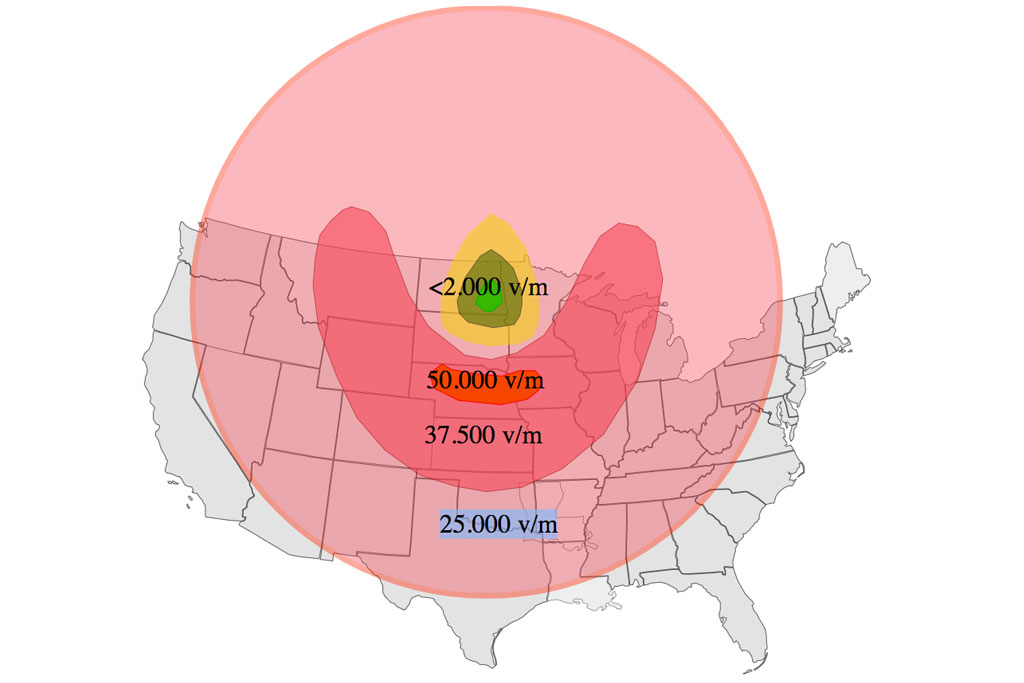
The technology base of the United States is vulnerable to an EMP, whether naturally occurring as a Carrington Event, or by a denial of use attack generated by the high altitude explosion of a nuclear weapon. We’re also especially vulnerable to attack from a lower technology Vircator-type devices that can be delivered by aircraft.
The Report of the Commission to Assess the Threat to the United States from Electromagnetic Pulse Attack famously estimated that an EMP attack would result in the death of 90% of the US population within one year, due to loss of technology such as AC power generation and transmission.
There can be little doubt that the United States would respond to such an attack with our nuclear arsenal, resulting in the mutually assured destruction of the attacking nation(s). Regardless of the survivability of enemy forces, there’s also little doubt that both commercial sites and much of the military bases within an EMP footprint would be critically wounded or destroyed.
It’s beyond the scope of this article to debate whether an EMP would kill the computers controlling the power train of modern vehicles, but it’s certain that electronic devices connected to long metallic conductors such as power mains, would be killed. Device survivability is dependent upon its technology, the strength of the EMP field and the device’s distance from the pulse origination event. Neither of the latter two conditions is predictable.
Sooner or later, the earth will be struck again by a CME event; a known killer of electrical and electronic devices connected to long conductors. It’s also known that totalitarian governments and modern governments at war often prohibit many types of radio communications, especially amateur. In the case of totalitarian regimes, both radio receiving and transmitting equipment is usually confiscated.
Given the enormous coordination of force advantage generated by modern radio communications, coupled with the risk of naturally occurring or technologically generated EMP, it would seem prudent to cache modern transceivers, handi-talkies and other electronic force multipliers. They should be cached in a way to hide them from confiscation, while at the same time protect them from the wounding or killing effect of an EMP.
There are many different approaches to the protection of electronics from EMP. Countermeasures often found on the Internet include the use of a metal trash can as a Faraday Cage approach, the microwave oven approach, the screened approach, etc. Others have advocated using a metal ammunition container as a Faraday Cage; going so far as to replace the rubber lid gasket that makes the can waterproof with a copper screen that might act as a radio frequency gasket.
Any or all of these approaches have merit and may actually protect electronics, depending upon the electronic technology being protected and the strength of the EMP field intersecting the container/Faraday cage.
Many authorities have described the short-pulse rise-time semiconductor killing energies produced by an EMP. Those with a lack of understanding of the physics of EMP advocate testing the efficacy of a Faraday Cage container by placing a cellular telephone or AM/FM radio inside and attempting operation of the device.
They claim that if the telephone doesn’t ring when called or the radio doesn’t receive broadcast signals, the container is effective. All such tests prove however, is that the container reduces the efficiency of radio communication frequencies and nothing more.
Certain things are well understood regarding the lethality of an EMP. Long wires, such as the power grid, subjected to an EMP will reliably transmit that energy to each and every device connected to that grid. The simple countermeasure of unplugging an unused electrical device from the grid might just save that device from being wounded or killed by an EMP.
The same principle applies to radio equipment connected to antennas. It’s a good practice to disconnect communications equipment from external aerials and the AC mains when not in use, if for no other reason than to protect from lightning strikes.
EMP Effects on Vehicles
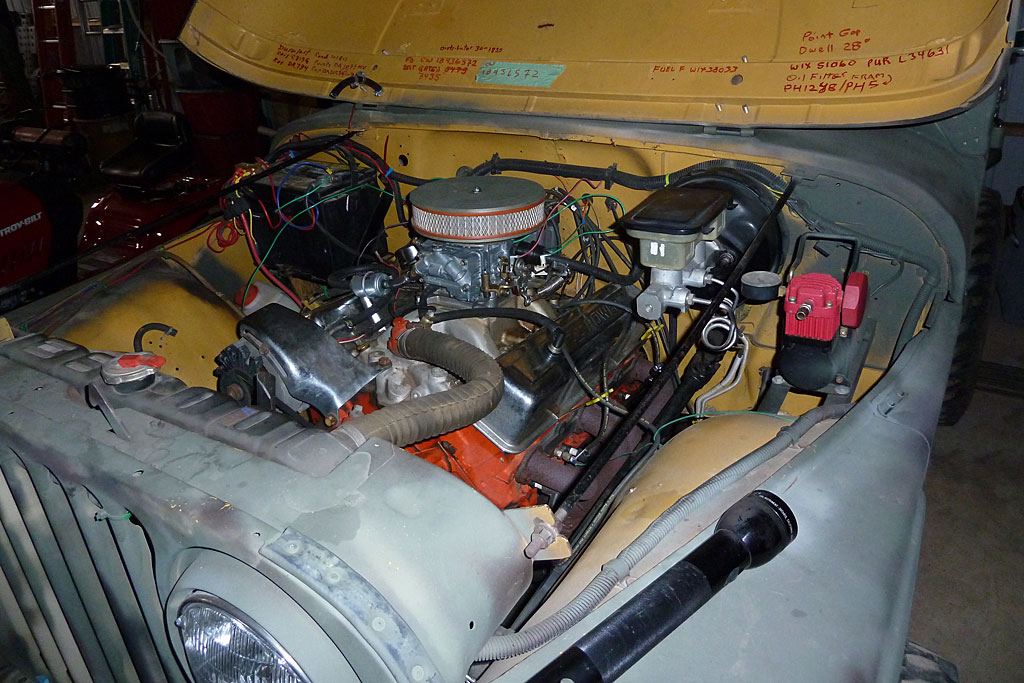
Internal combustion engine powered generators not in use, should be disconnected from long runs of wire at the generator. Many have experienced a type of computer failure commonly corrected by global reset. The simple act of turning the computer off and then back on, may “cure” the fault and restore function.
Likewise if driving a vehicle with a microprocessor controlled power train when an EMP hits, unhook the wire going to the positive storage battery terminal, say a brief prayer and then re-connect. This may cause a reboot of the vehicle computer and if slightly wounded, sufficient functionality may return to enable operation.
It’s generally assumed that vehicles manufactured before computer control of the power train are largely immune from EMP. This assumption is made valid by the survival of vehicles during the era of above ground nuclear tests.
However, the condenser (capacitor) that reduces breaker point arcing is a likely point of failure of this type of ignition system. The high power diode rectification in alternators is of less concern, but the alternator voltage regulator circuits may be susceptible. Pre-1964 permanent magnet and brush generators, along with period solenoid type voltage regulators, are highly immune to EMP.
A realistic countermeasure for engines with old breaker point ignition using an alternator would be a complete, separate alternator in protected storage. High current and robust starting motors are generally considered to be immune from EMP. Older small gasoline engines and piston-powered commercially produced aircraft use magnetos for spark generation and are inherently resistant to EMP.
Protecting Devices Against EMP
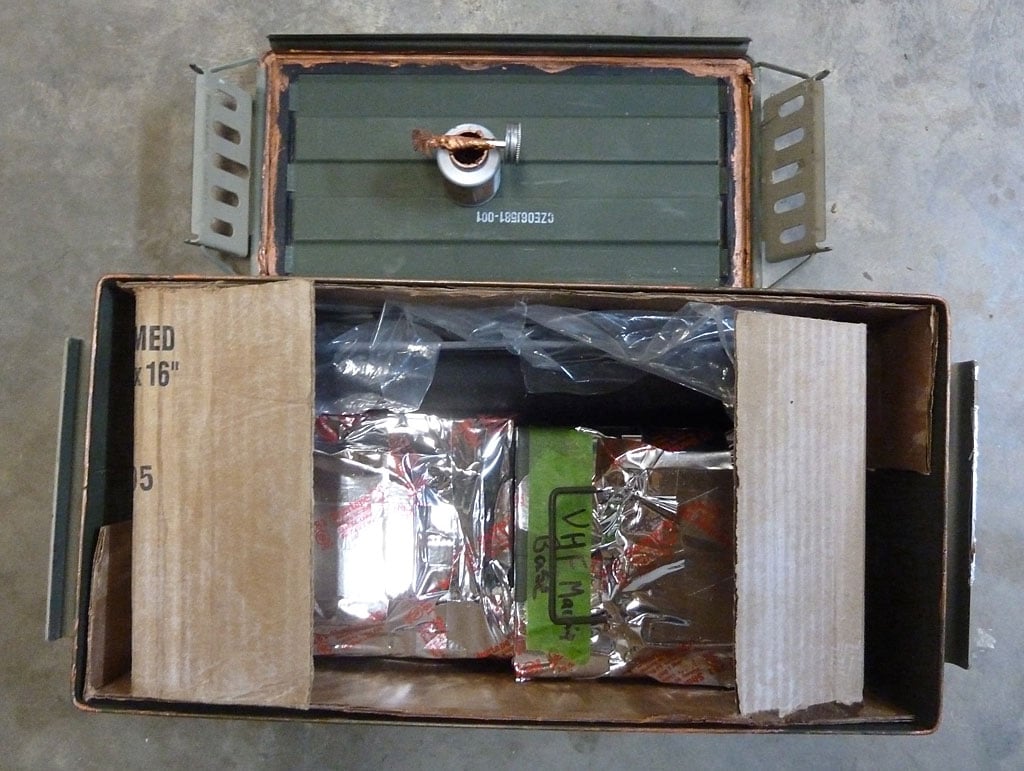
So how might we protect electronic devices, including communications equipment, from injury or death as a result of EMP? Long ago, I advocated the metal ammunition container as a Faraday Chamber approach. However, in lieu of replacing the rubber gasket with a copper screen and rendering the container no longer air and watertight, I recommended wrapping the lid/can body interface with metallic plumbers tape (the real duct tape). Spark generator tests producing an EMP indicate this approach greatly increases container protection.
The very small gap between the metallic foil and the underlying metal of the container caused by the adhesive in the foil and paint layer is insignificant and offers a barrier to all but the very highest radio frequency energies (beyond microwave).
A simple way to greatly reduce the vulnerability of valued electronics to EMP is to nest metal ammunition containers, suitably insulated from one another. Each container/lid interface should be taped with metal foil and gasket treated with Jet Lube. Aluminum medical chests will hold large munition cans such as the CNU 405 or two .50 caliber ammunition containers.
Either the medical chest or CNU 405 container will hold larger electronics without nesting, but this will reduce protection.
These containers all have rubber gaskets to ensure air and water tightness, which is of great utility in itself. Each metal container in the nested series should be carefully cleaned out and repainted as needed. Rust-Oleum spray camouflage paint is both durable and contains a rust inhibitor.
Electronics placed inside the innermost ammunition container should be insulated from contacting the inside of the container. Thin wood paneling may be used to line the can (including a top piece to prevent electronics from contacting the lid), or the container could be simply lined with cardboard; including a section for the top.
When placed inside a larger metallic container such as the CNU 405, the smaller .50 caliber ammunition containers should likewise be insulated from contact with the larger container. If a CNU-405 is placed inside a medical chest, it too must be insulated from contact with the larger medical chest. Grounding of the largest container isn’t necessary and may even be counterproductive.
Any electronics placed in a hermitically sealed container should be protected from the effects of moisture. A small tin of desiccant, as described in the preceding article on weapon caches, should be added to the ammunition container with the electronic items. As also discussed in the previous article, if securing electronics for long term storage, nitrogen may be used to displace oxygen in the innermost container. The presence of the inert gas should delay any time related decay of the contents.
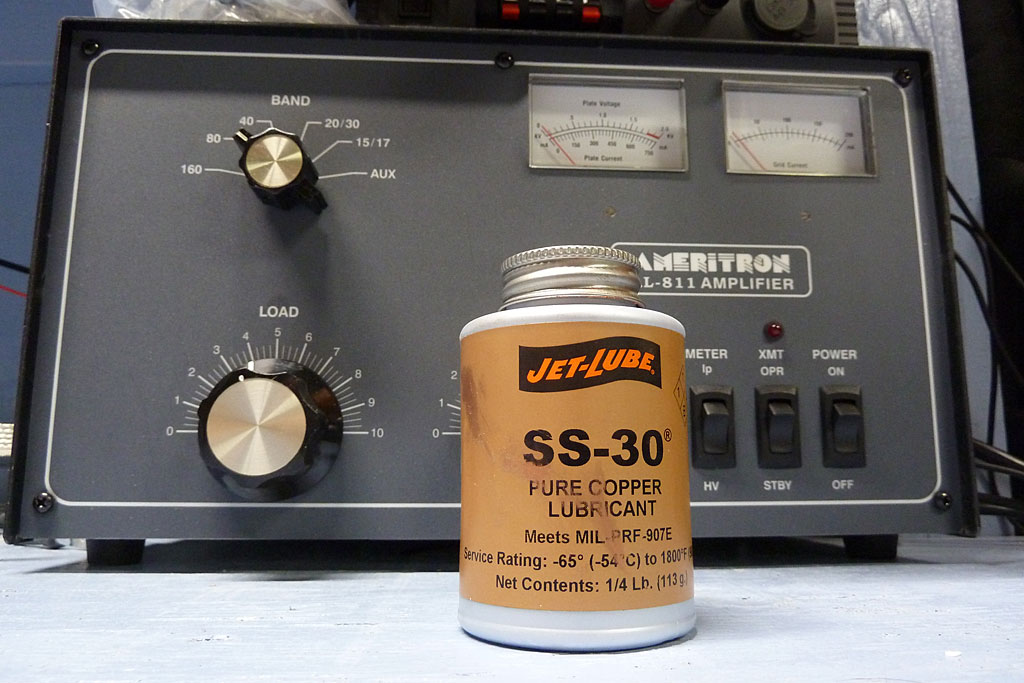
Gaskets found on ammunition containers and medical chests can be treated with Jet Lube, a temperature resistant suspension of highly conductive fine copper particles. This will make the surface of the gasket even more electrically conductive than the underlying metal of the container. Also as a quick warning, don’t confuse this particular type of Jet Lube with the non-conductive Jet Lube intended for marine use.
If Jet Lube is used on the lid gaskets, the top of the ammunition can lip should be lightly sanded to remove all traces of paint from the top of the lip. Likewise, with the lid removed from a .50 caliber or larger container, the hinge pins should be coated with Jet Lube to ensure there’s a high level of conductivity between the can body and lid.
Each and every lid in a series of nested containers, regardless of treatment with Jet Lube, should be taped with metallic duct tape. Triple nested, taped and insulated containers treated with Jet Lube should provide almost perfect protection from even a close range EMP.
It’s difficult to hide large, heavy medical chests containing nested containers and electronics. Just the appearance of a medical chest makes it an item of interest for thieves. Also as of this writing, there’s little interest on the part of the U.S. Government to seize civilian radio equipment, but if that were to change, containers not well hidden would be targeted. Electronics are susceptible to high heat, so simply piling medical chests in a CONEX container and locking the door isn’t the best option. However, it is an option for bulky items other than electronics.
U.S. Military medical chests are made from aluminum and won’t rust. However, the clasps are painted steel and are guaranteed to rust. I’ve tried backfilling clasps with grease and taping over the metallic duct tape seal with Gorilla tape along with a variety of other schemes to protect these clasps from rusting. None work well enough to endorse.
An excellent way to securely store and hide medical chests full of electronics along with other valuables is in buried concrete vaults. Such vaults have all sorts of uses and if adequately waterproofed, are useful to store open stacks of ammunition containers containing everything from ammunition to trip alerts.
These vaults are identical in appearance to utility vaults and shouldn’t draw undue attention. Though you’ll want to ensure the medical chests and other containers of choice will fit through the vault access portal.
Items that are good candidates for caching include the following: Mobile HF transceivers, antenna tuners, linear amplifiers, Handi-Talkies (HTs), night/thermal vision, satellite telephones, laser range finding devices, inverters, solar charge controllers, RG8U/RG58U co-axial cable (internal arcing from EMP may destroy long runs), Dakota Alerts, computers, calculators, printers, electronic test equipment such as DVMs, automobile ignition components including alternators, relays used to control diesel engines and amplified hearing protection, or as the Brits say, electronic ear defenders.
Something important to note is that the nested container approach really prevents regular use of the protected items. Buried, precast concrete vaults offer the ultimate in protection for all sorts of caches, however these are expensive and require space to bury.
Alternatively, a cast-in-place below ground room could be created using the same technology commonly used for residential basements. This construction could be described to a contractor or any regulatory authorities as a tornado shelter.
The simplest but least protected countermeasure is a single container approach with Jet Lube treatment. This can be seen in the featured photo above, protecting the Yaesu FT 991 and dedicated computer controller. The container used in the photo was designed for protection of Night Vision goggles and offers a measure of EMP protection along with a high degree of vibratory protection.
In conclusion, in addition to protecting sensitive items like electronics, it’s always a good idea to disconnect unused equipment from the AC mains and/or antennas. If an EMP does hit, remember to first attempt a reboot of the system. These practices, along with the other countermeasures suggested in this article, should provide greatly enhanced survivability of electronic devices.
Editor-in-Chief’s Note: Steve V. retired from a tri-letter US Government organization and has been elected to the bench. He’s flown ski planes onto glaciers high in the Swiss Alps and landed in the grassy meadows on cliffs near La Dame Blanch; hunted lion and other dangerous game in the hot plains of equatorial East Africa, stag in Scotland and bear in the Aleutians. He’s peered into a cradle of mankind at Olduvai Gorge in the Great Rift Valley, danced with Maasai and walked with curiosity throughout much of the world.







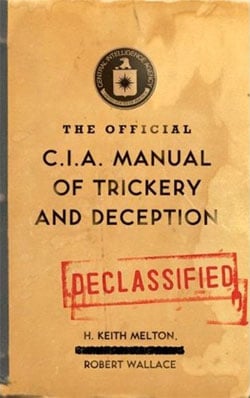
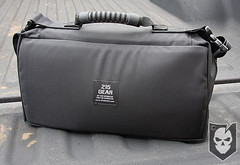
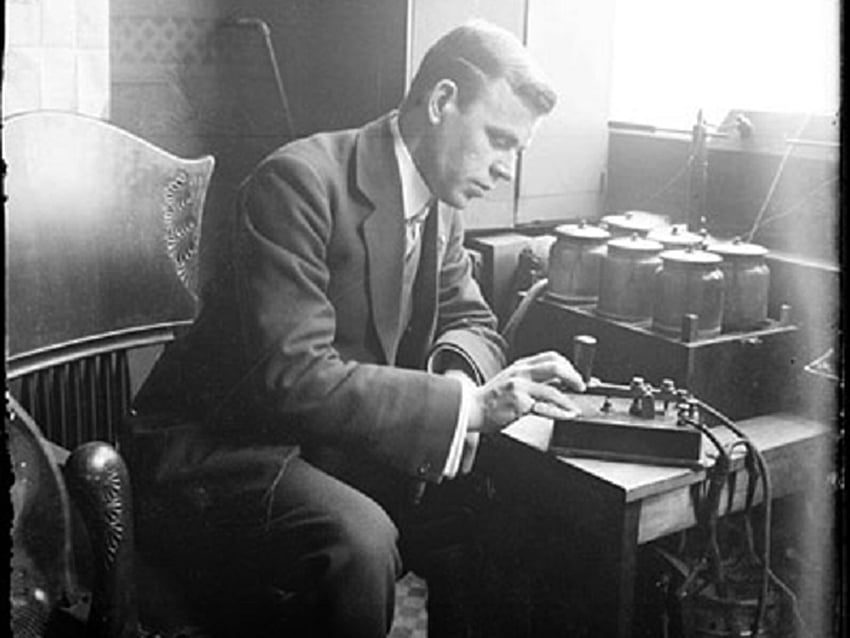

Discussion